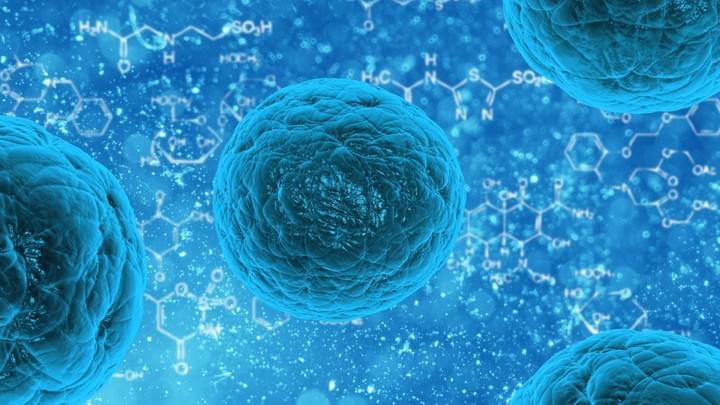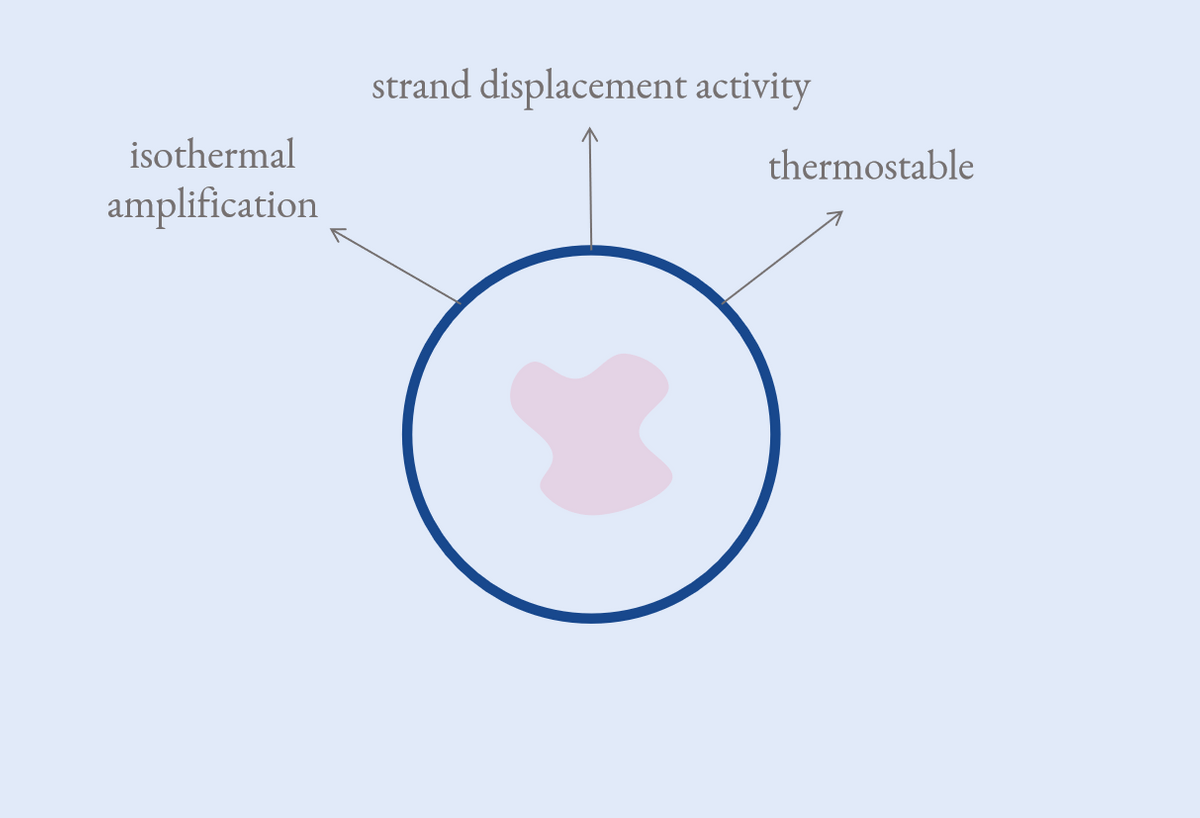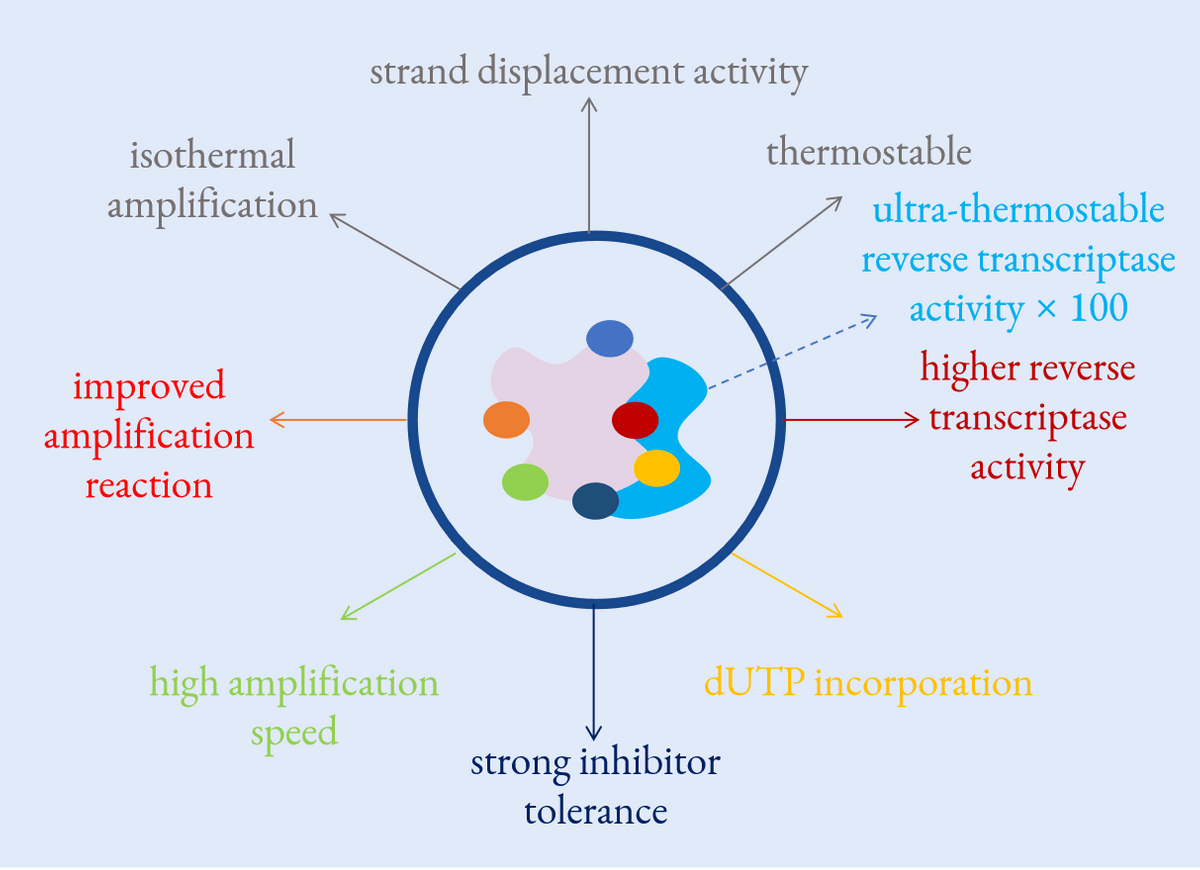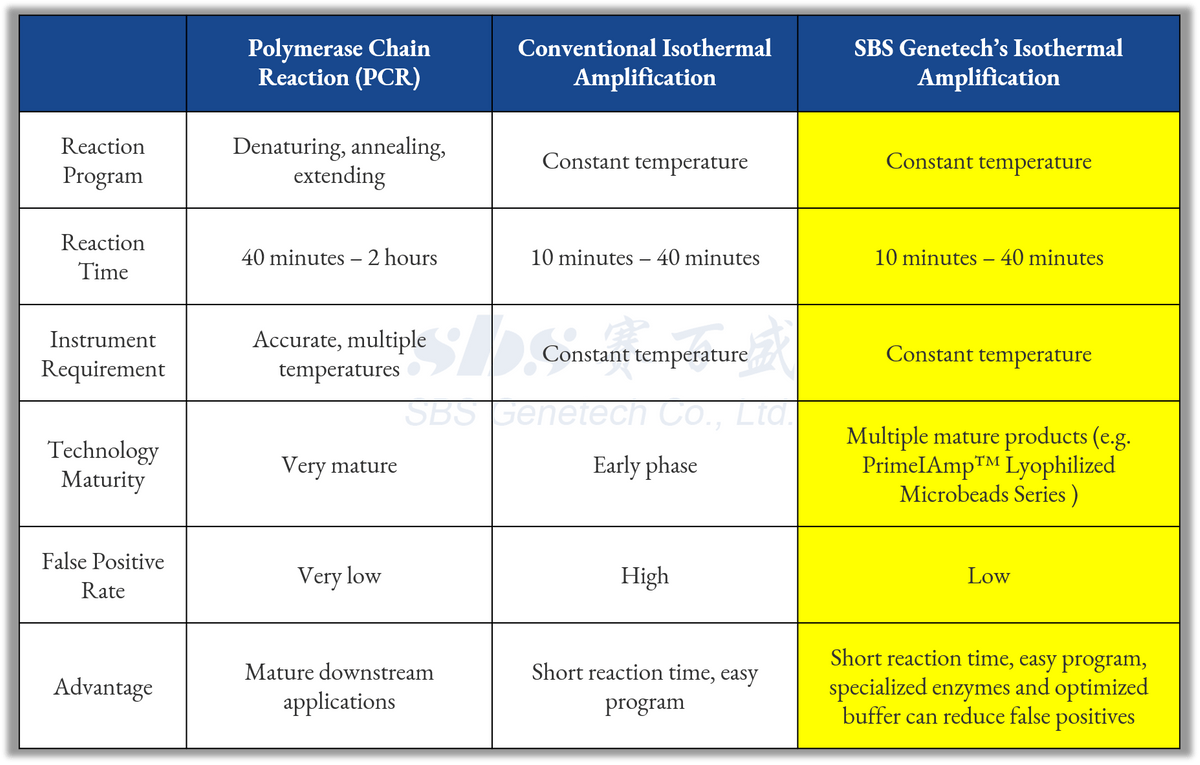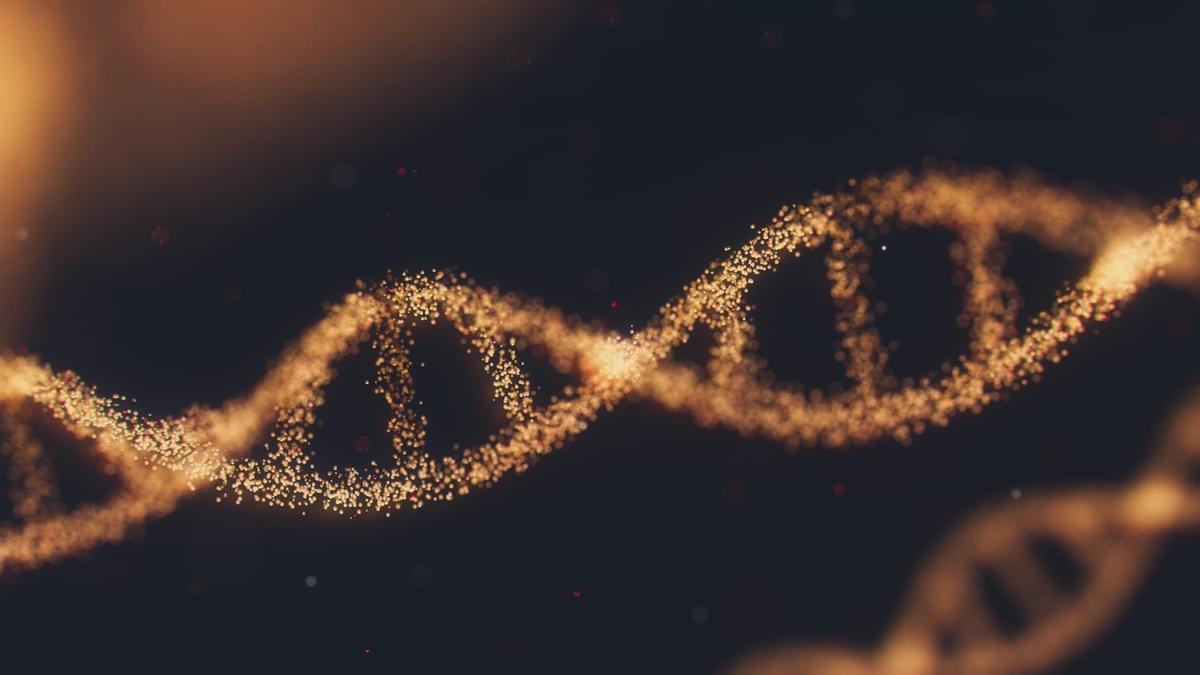
from China, for the World
for Superior Biology Services since 2000
- Products
- All Products
- Custom Services
- Catalog Products
- Innovative Systems
- Nucleic Acid Related
- Natural Compounds
- Enzymes
- POCT
- LAMP
- RPA
- CRISPR
- Pathogen Detection
- DNA-Free Enzymes
- Freeze-Drying System
- Lateral Flow System
- About
- About SBS
- Achievements
- Ecosystem
- Legal Statement
- …
- Products
- All Products
- Custom Services
- Catalog Products
- Innovative Systems
- Nucleic Acid Related
- Natural Compounds
- Enzymes
- POCT
- LAMP
- RPA
- CRISPR
- Pathogen Detection
- DNA-Free Enzymes
- Freeze-Drying System
- Lateral Flow System
- About
- About SBS
- Achievements
- Ecosystem
- Legal Statement
from China, for the World
for Superior Biology Services since 2000
- Products
- All Products
- Custom Services
- Catalog Products
- Innovative Systems
- Nucleic Acid Related
- Natural Compounds
- Enzymes
- POCT
- LAMP
- RPA
- CRISPR
- Pathogen Detection
- DNA-Free Enzymes
- Freeze-Drying System
- Lateral Flow System
- About
- About SBS
- Achievements
- Ecosystem
- Legal Statement
- …
- Products
- All Products
- Custom Services
- Catalog Products
- Innovative Systems
- Nucleic Acid Related
- Natural Compounds
- Enzymes
- POCT
- LAMP
- RPA
- CRISPR
- Pathogen Detection
- DNA-Free Enzymes
- Freeze-Drying System
- Lateral Flow System
- About
- About SBS
- Achievements
- Ecosystem
- Legal Statement
Loop-mediated Isothermal Amplification (LAMP)
At SBS Genetech, we are at the forefront of offering solutions for Loop-mediated isothermal amplification (LAMP) based on our world-class platform
It's time for Loop-mediated isothermal amplification (LAMP)

Nucleic acid testing technology has developed rapidly in recent years, especially in the field of molecular diagnosis. At present, the mainstream of nucleic acid testing techniques in the market is based on quantitative PCR technology (qPCR), which features strong specificity and high sensitivity. This technology can quantitatively detect pathogens and achieve high-throughput detection.

However, the amplification process of qPCR requires thermal cycling instruments. Due to their large volume, high price, and long reaction time, the application of thermal cycling instruments in grass-roots units and on-site detection is very limited.

In the past 20 years, scientists have been trying to overcome the above shortcomings through isothermal amplification, including Rolling Circle Amplification (RCA), Loop-mediated isothermal amplification (LAMP), Recombinase Polymerase Amplification (RPA), Nucleic Acid Sequence-Based Amplification (NASBA), Strand Displacement Amplification (SDA), Helicase-dependent Amplification (HDA), Transcription-mediated Amplification (TMA) and other isothermal amplification technologies. With these developments, isothermal amplification is now considered by many researchers and scientists as a detection method that may be comparable with qPCR technology.
Bst DNA/RNA Polymerase
At the core of our world-class Loop-mediated isothermal amplification (LAMP) platform
Our Bst DNA/RNA Polymerase is a mixture of Bst polymerase and extremely thermostable reverse transcriptase (65°C tolerant), which is suitable for isothermal amplification reaction (including loop-mediated isothermal amplification (LAMP)) of RNA. It can detect low-sensitivity RNA molecules. This enzyme is recommended in isothermal amplification experiments using RNA as a template. In addition, Bst DNA/RNA Polymerase can also perform isothermal amplification of DNA templates.
Higher Specificity
By unique negative control technique
Better Sensitivity
By optimized reaction buffer
Lower False Positive Rate
By strong recognition ability to dUTP
Lyophilized Version Available
By advanced freeze-drying technology

common Bst DNA Polymerase

our Bst DNA/RNA Polymerase
Comparison
SBS Genetech's Loop-mediated Isothermal Amplification (LAMP) technology has excellent performance

Compared with PCR, SBS Genetech's Loop-mediated Isothermal Amplification (LAMP) Technology has the advantages of Shorter Reaction Time and Easier Program.
While Compared with conventional isothermal amplification, SBS Genetech's Loop-mediated Isothermal Amplification (LAMP) Technology has the advantages of Higher Specificity, Better Sensitivity, Lower False Positive Rate, and Clearer Observable Results.
PrimeIAmp™ Series
Advanced solutions based on our Bst DNA/RNA Polymerase

Anti-contamination Solution
PrimeIAmp™ Basic Isothermal Amplification MasterMix (with UDG), an upgraded version of PrimeIAmp™ Basic Isothermal Amplification MasterMix, is a two-component reagent. The buffer mix contains reaction buffer, Mg2+, dU/A/C/GTP (excluding dTTP), and lyophilization excipient. The enzyme mix contains Bst DNA/RNA polymerase and heat-labile UDG. Thanks to the recognition of the dUTP substrate by Bst DNA/RNA Polymerase, the reaction substrate does not contain dTTP, so the amplified products are dUTP products, which can achieve anti-contamination in combination with heat-labile UDG. In the actual test, the amplification of contaminates was completely inhibited under the condition of containing 105 copies of contaminates.

Room Temperature Transportation Solution
PrimeIAmp™ Basic Lyophilized Isothermal Amplification Microbeads contain reaction buffer, Mg2+, dNTP, Bst DNA/RNA polymerase, and so on in the lyophilized form. Only primers and templates are needed to be added for the isothermal amplification. Like the basic version of PrimeIAmp™ Lyophilized Isothermal Amplification Microbeads series, this version does not contain any dyes and can be flexibly used for various isothermal amplification applications (e.g. OG Colorimetric Tube). PrimeIAmp™ Basic Lyophilized Isothermal Amplification Microbeads can be stored at room temperature (25°C) for more than 6 months.

Colorimetric Visualization Solution
PrimeIAmp™ HNB Lyophilized Isothermal Amplification Microbeads contain reaction buffer, HNB, Mg2+, dNTP, Bst DNA/RNA polymerase, and so on in the lyophilized form. Only primers and templates are needed to be added for the isothermal amplification. After amplification, the positive samples are sky blue, while the negative samples are violet. The results can be directly observed by naked eyes without any other auxiliary equipment. PrimeIAmp™ HNB Lyophilized Isothermal Amplification Microbeads are so far one of the most robust systems for colorimetric isothermal amplification as it has a very good tolerance to pH and buffer salt.
Ready for this new experience?
Loop-mediated Isothermal Amplification (LAMP) Products
 Buy nowHotStart Bst P DNA/RNA Polymerase (glycerol-free)$280.00 - $1,856.00$2,320.00
Buy nowHotStart Bst P DNA/RNA Polymerase (glycerol-free)$280.00 - $1,856.00$2,320.00 Buy nowHotStart Bst DNA/RNA Polymerase (glycerol-free)$280.00 - $1,856.00$2,320.00
Buy nowHotStart Bst DNA/RNA Polymerase (glycerol-free)$280.00 - $1,856.00$2,320.00 Buy nowPrimeIAmp™ HotStart Bst P DNA/RNA LHNB LyoMix (70ºC reaction)$660.00 - $2,000.00$2,500.00
Buy nowPrimeIAmp™ HotStart Bst P DNA/RNA LHNB LyoMix (70ºC reaction)$660.00 - $2,000.00$2,500.00 Buy nowPrimeIAmp™ HotStart Bst P DNA/RNA Basic & SYBR Green LyoMix (70ºC reaction)$660.00 - $2,000.00$2,500.00
Buy nowPrimeIAmp™ HotStart Bst P DNA/RNA Basic & SYBR Green LyoMix (70ºC reaction)$660.00 - $2,000.00$2,500.00 Buy nowPrimeIAmp™ HotStart Bst P DNA/RNA LHNB Microbead (70ºC reaction)$740.00$925.00
Buy nowPrimeIAmp™ HotStart Bst P DNA/RNA LHNB Microbead (70ºC reaction)$740.00$925.00 Buy nowPrimeIAmp™ HotStart Bst P DNA/RNA Basic Microbead (70ºC reaction)$740.00$925.00
Buy nowPrimeIAmp™ HotStart Bst P DNA/RNA Basic Microbead (70ºC reaction)$740.00$925.00 Buy nowPrimeIAmp™ HotStart Bst DNA/RNA LHNB LyoMix (65ºC reaction)$660.00 - $2,000.00$2,500.00
Buy nowPrimeIAmp™ HotStart Bst DNA/RNA LHNB LyoMix (65ºC reaction)$660.00 - $2,000.00$2,500.00 Buy nowPrimeIAmp™ HotStart Bst DNA/RNA Basic & SYBR Green LyoMix (65ºC reaction)$660.00 - $2,000.00$2,500.00
Buy nowPrimeIAmp™ HotStart Bst DNA/RNA Basic & SYBR Green LyoMix (65ºC reaction)$660.00 - $2,000.00$2,500.00 Buy nowPrimeIAmp™ HotStart Bst DNA/RNA LHNB Microbead (65ºC reaction)$740.00$925.00
Buy nowPrimeIAmp™ HotStart Bst DNA/RNA LHNB Microbead (65ºC reaction)$740.00$925.00 Buy nowPrimeIAmp™ HotStart Bst DNA/RNA Basic Microbead (65ºC reaction)$740.00$925.00
Buy nowPrimeIAmp™ HotStart Bst DNA/RNA Basic Microbead (65ºC reaction)$740.00$925.00 Buy nowPrimeIAmp™ RT-LAMP-CRISPR RNA Fluorescence Detection Kit (One-Step Method)$616.00 - $3,696.00$4,620.00
Buy nowPrimeIAmp™ RT-LAMP-CRISPR RNA Fluorescence Detection Kit (One-Step Method)$616.00 - $3,696.00$4,620.00 Buy nowPrimeIAmp™ LAMP-CRISPR DNA Fluorescence Detection Kit (One-Step Method)$528.00 - $2,952.00$3,690.00
Buy nowPrimeIAmp™ LAMP-CRISPR DNA Fluorescence Detection Kit (One-Step Method)$528.00 - $2,952.00$3,690.00 Buy nowPrimeIAmp™ RT-LAMP Isothermal Amplification Kit (RNase H2 Probe Method)$352.00 - $2,112.00$2,640.00
Buy nowPrimeIAmp™ RT-LAMP Isothermal Amplification Kit (RNase H2 Probe Method)$352.00 - $2,112.00$2,640.00 Buy nowPrimeIAmp™ LAMP Isothermal Amplification Kit (RNase H2 Probe Method)$264.00 - $1,584.00$1,980.00
Buy nowPrimeIAmp™ LAMP Isothermal Amplification Kit (RNase H2 Probe Method)$264.00 - $1,584.00$1,980.00 Buy nowPrimeIAmp™ RT-LAMP Isothermal Amplification Kit (Colorimetric Detection)$396.00 - $2,376.00$2,970.00
Buy nowPrimeIAmp™ RT-LAMP Isothermal Amplification Kit (Colorimetric Detection)$396.00 - $2,376.00$2,970.00 Buy nowPrimeIAmp™ LAMP Isothermal Amplification Kit (Colorimetric Detection)$264.00 - $1,584.00$1,980.00
Buy nowPrimeIAmp™ LAMP Isothermal Amplification Kit (Colorimetric Detection)$264.00 - $1,584.00$1,980.00 Buy nowPrimeIAmp™ RT-LAMP Isothermal Amplification Kit$352.00 - $2,112.00$2,640.00
Buy nowPrimeIAmp™ RT-LAMP Isothermal Amplification Kit$352.00 - $2,112.00$2,640.00 Buy nowPrimeIAmp™ LAMP Isothermal Amplification Kit$220.00 - $1,320.00$1,650.00
Buy nowPrimeIAmp™ LAMP Isothermal Amplification Kit$220.00 - $1,320.00$1,650.00 Buy nowFeline Panleukopenia Virus (FPV) Fluorescence LAMP Assay Kit$264.00 - $800.00$1,000.00
Buy nowFeline Panleukopenia Virus (FPV) Fluorescence LAMP Assay Kit$264.00 - $800.00$1,000.00 Buy nowFeline Panleukopenia Virus (FPV) Colorimetric LAMP Assay Kit$240.00 - $720.00$900.00
Buy nowFeline Panleukopenia Virus (FPV) Colorimetric LAMP Assay Kit$240.00 - $720.00$900.00Customized Lyophilized Microbead Service
Look no further than our customized lyophilized microbead services! We offer lyophilized microbeads with customized primers and reaction volumes of 20-100 μl per bead, ensuring that your experiments are optimized to your exact specifications. Don't settle for a one-size-fits-all approach - Contact us today to learn more about how our customized lyophilized bead services can take your research to the next level!
More Information
May 9, 2024More PostsPublished Papers
Representative Publications Using SBS Genetech Isothermal Amplification Products
Xue, T. , Ma, Z. , Liu, F. , Du, W. , & An, C. . (2020). Pneumocystis jirovecii colonization and its association with pulmonary diseases: a multicenter study based on a modified loop-mediated isothermal amplification assay. BMC Pulmonary Medicine, 20(1).
Zhao, K. , Hu, R. , Ni, J. , Liang, J. , & Li, C. . (2020). Establishment of a porcine parvovirus (PPV) LAMP visual rapid detection method. Journal of Virological Methods, 284, 113924.
Papadakis, G. , Pantazis, A. K. , Fikas, N. , Chatziioannidou, S. , Tsiakalou, V. , & Michaelidou, K. , et al. (2022). Portable real-time colorimetric LAMP-device for rapid quantitative detection of nucleic acids in crude samples. Scientific Reports, 12(1), 1-15.
Wu, R. , Liu, X. , Guo, B. , Chen, F. , & Wang, X. . (2014). Development of double loop-mediated isothermal amplification to detect listeria monocytogenes in food. Current Microbiology, 69(6), 839-845.
Ji, J. , Du, L. Q. , Xie, Q. M. , Cao, Y. C. , & Bee, Y. Z. . (2009). Rapid diagnosis of duck plagues virus infection by loop-mediated isothermal amplification. Research in Veterinary Science, 87(1), 53-58.
Zhang, S. , Xu, X. , Wu, Q. , & Zhang, J. . (2013). Rapid and sensitive detection of pseudomonas aeruginosain bottled water by loop-mediated isothermal amplification. European Food Research & Technology, 236(1), 209-215.
Xu, X. , Zhang, S. , Wu, Q. , Zhang, J. , Li, F. , & Cheng, J. . (2014). Development and Application of a Loop-Mediated Isothermal Amplification (LAMP) Method for Rapid and Sensitive Detection of Enterococcus faecalis in Drinking Water. Journal of Food Safety, 34(2), 103–110.
Zhang, F. , Shi, Y. , Jiang, K. , Song, W. , Ma, C. , & Xu, Z. , et al. (2014). Rapid detection and quantification of Prorocentrum minimum by loop-mediated isothermal amplification and real-time fluorescence quantitative PCR. Journal of Applied Phycology, 26(3), 1379-1388.

- ContactFor more information, please fill out the provided form or contact us directly by E-mail
SBS Genetech © Copyright 2000-2025
from China, for the World
for Superior Biology Services since 2000





